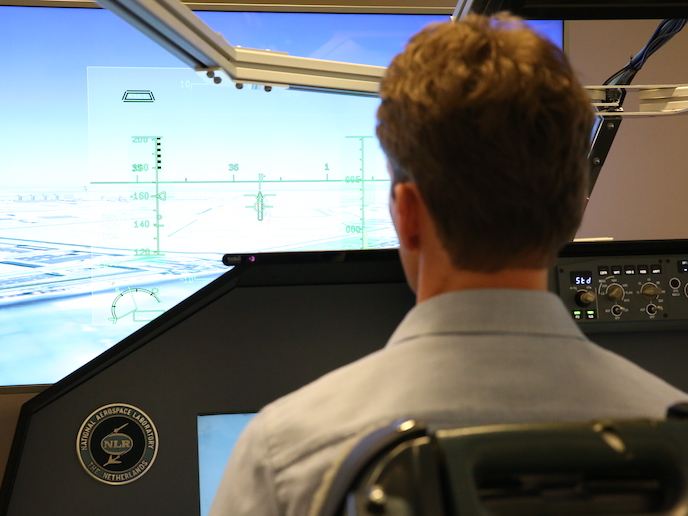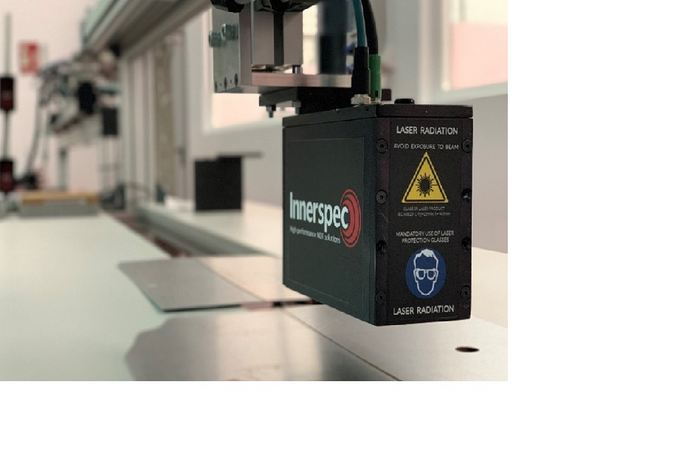Coordinating air safety research happening across the EU
With its FlightPath 2050 Vision, the European Commission aims to achieve the highest level of safety in air transportation ever – both for passengers and for freight. By 2050, Europe will have achieved unprecedented levels of safety, with manned, unmanned, legacy and next generation, autonomous aircraft and all types of rotorcraft operating simultaneously in the same airspace using state-of-the-art technology and training. To achieve this ambitious vision in just over 30 years, the Future Sky Safety (FSS) programme is bringing together the vast amount of air-transport safety research and innovation happening across the EU. One of the largest EU-funded programmes in aviation safety research ever, FSS is comprised of various sub-projects, each of which is dedicated to making air transport even safer. “By bringing these various projects together, FSS is improving cabin safety, reducing the risk of accidents, achieving near-total control over safety risks and enhancing safety performance under unexpected circumstances,” says FSS Project Researcher Lennaert Speijker. Already achieving results Although the project remains a work in progress, important results have already been achieved. According to Speijker, just coordinating the diverse research happening across the EU is an achievement. “We first established a shared view on safety research and then jointly contributed to the EU aviation safety research agenda,” he says. “Now we are creating new cooperative safety research projects in which we work together on a specific challenge with the shared goal of reducing duplication and fragmentation.” As a result of this coordination, a wide range of new, cooperative safety projects has materialised. For example, a dedicated project on runway excursions developed algorithms and monitoring techniques for reducing the risk of runway veer-offs. Following three successful flight tests, these tools can be used by both airlines and flight data monitoring software developers. Likewise, thanks to a pan-European safety culture survey of 7 239 European pilots and their perceptions on the safety culture in European aviation, FSS-developed guidance on advancing the safety management of organisations was adopted by the European Aviation Safety Agency (EASA). Another important result is the development of the Human Performance Envelope (HPE), a new concept for cockpit operations and design. Through flight simulations, researchers have shown how the HPE approach can contribute to safeguarding human performance in flight upset conditions. In another project, researchers tested the fire resistance of advanced composite materials in an aircraft. “This work has demonstrated the potential of geo-polymers for improving cabin air quality through continuous air quality sensing,” explains Speijker. Great support from stakeholders Researchers have now turned their focus towards developing and exploiting the aforementioned results. This includes ensuring their findings have a positive impact in terms of future changes to regulations, standards and guidance for aviation safety – particularly for the braking performance of aircraft on contaminated runways, safety management of service providers and the use of advanced composites in aircraft. “FSS benefits from the great support of its involved stakeholders,” adds Speijker. “With two airlines, the largest aircraft and aerospace manufacturers, two national authorities and a strong link with EASA, the uptake and use of our project’s main results by both the industry and government regulators is virtually ensured.”







